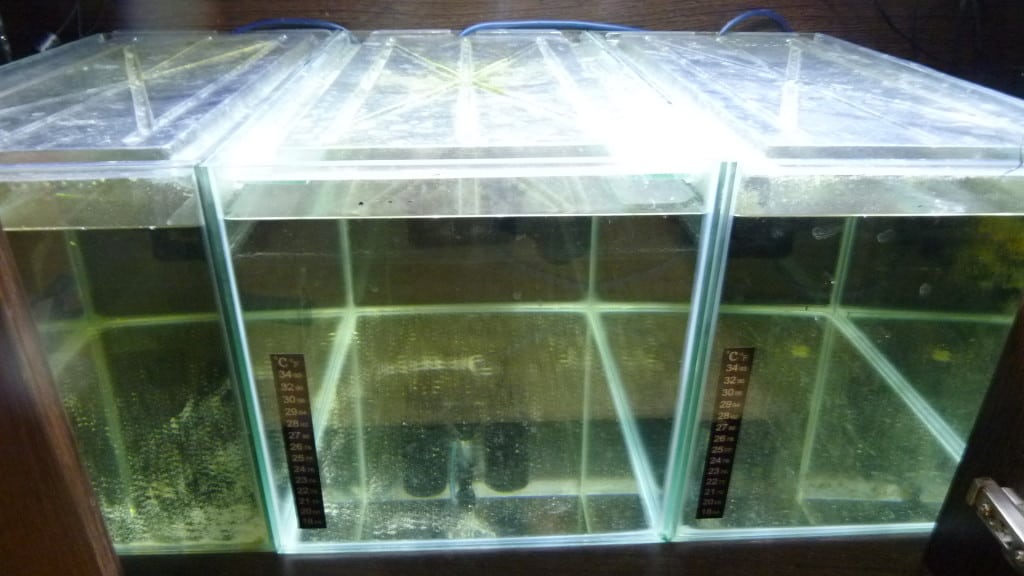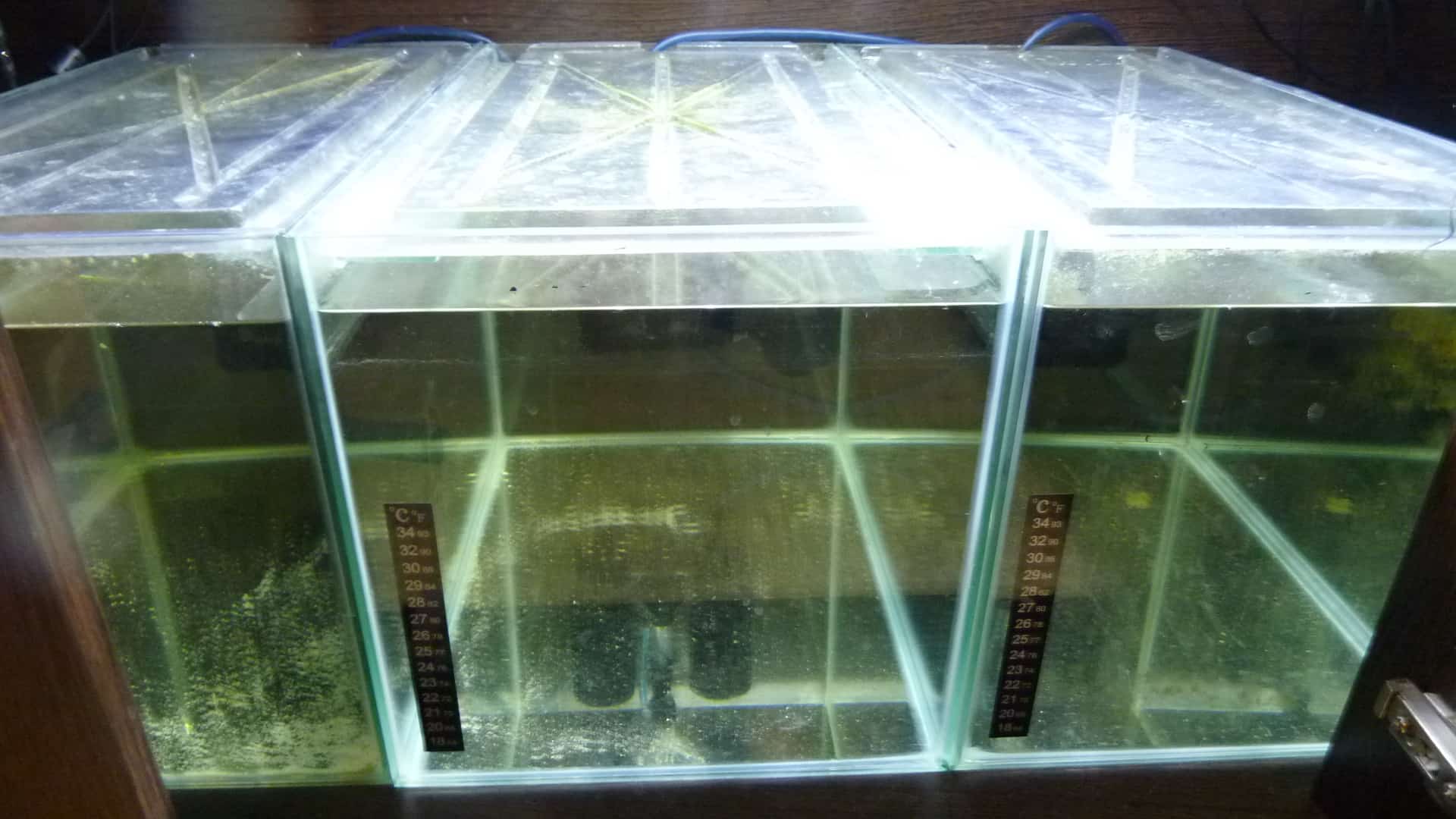Unfortunately in the hobby of keeping tropical fish, due to them being live animals, like us, they occasionally become ill. Generally most of us will observe our fish every day and will get to know the normal behaviour of the fish and how they act and as such, we are able to tell if something isn’t quite right. This could be a visual thing and they are hiding when they would normally be swimming around or another key sign of a fish being unwell is that they are not eating. Not to mention obvious visual difference in the fish’s appearance which is clear from the likes of white spot for example.

Should we be unfortunate enough for any of these signs of disease happen then it is important to act fast and the first thing to do would be to put the fish in to a hospital tank. There are a few reasons why we should do this. The first thing to consider is contamination, if the fish is unwell and the disease they are carrying turns out to be contagious then we want to be sure that this disease does not spread to other fish which are in good shape.
Another reason for setting up a hospital tank could be purely financial. If you have a large fish tank and are sure that you only have one diseased fish, the cost of treatment for a larger tank would be much more than for a smaller hospital tank.

Hospital tanks could also be used as quarantine tanks which are a good idea for when you have new fish and want to ensure they are of good form before introducing them to the rest of your fish. If you use your tank water in the hospital tank too then it gives them ample opportunity to acclimatise to the normal tank water parameters before being introduced to new surroundings too. Although they are small animals, tropical fish can get quite easily stressed which can often lead to disease so keeping them in quarantine initially helps ease this process and reduce stress levels. It is often important and almost essential to follow this process when importing fish directly yourself due to many importers using chemicals to allow the fish to settle when travelling and the last thing they want after a long journey and after being sedated is to have existing tank mates showing their intrigue to the new residents and appearing to bully them.
Hospital tanks offer a safe place for a fish to be treated, with no décor or aquascaping and normally no/low lighting. It is a stress-free environment for them to recover. It also gives you the opportunity to properly observe the fish and it’s recovery during any treatment period.

We have written a short guide on setting up a hospital tank to help with this side of things if you are unsure and as I’m sure you can see, it’s a relatively cheap way of giving you that piece of mind that you are prepared should anything untoward happen.


Related Posts
A Deeper Look In To Loach Fish Species
How Much Salt Should I Add To My Freshwater Aquarium
Everything You Need To Know About Using T5 Lights For Your Aquarium